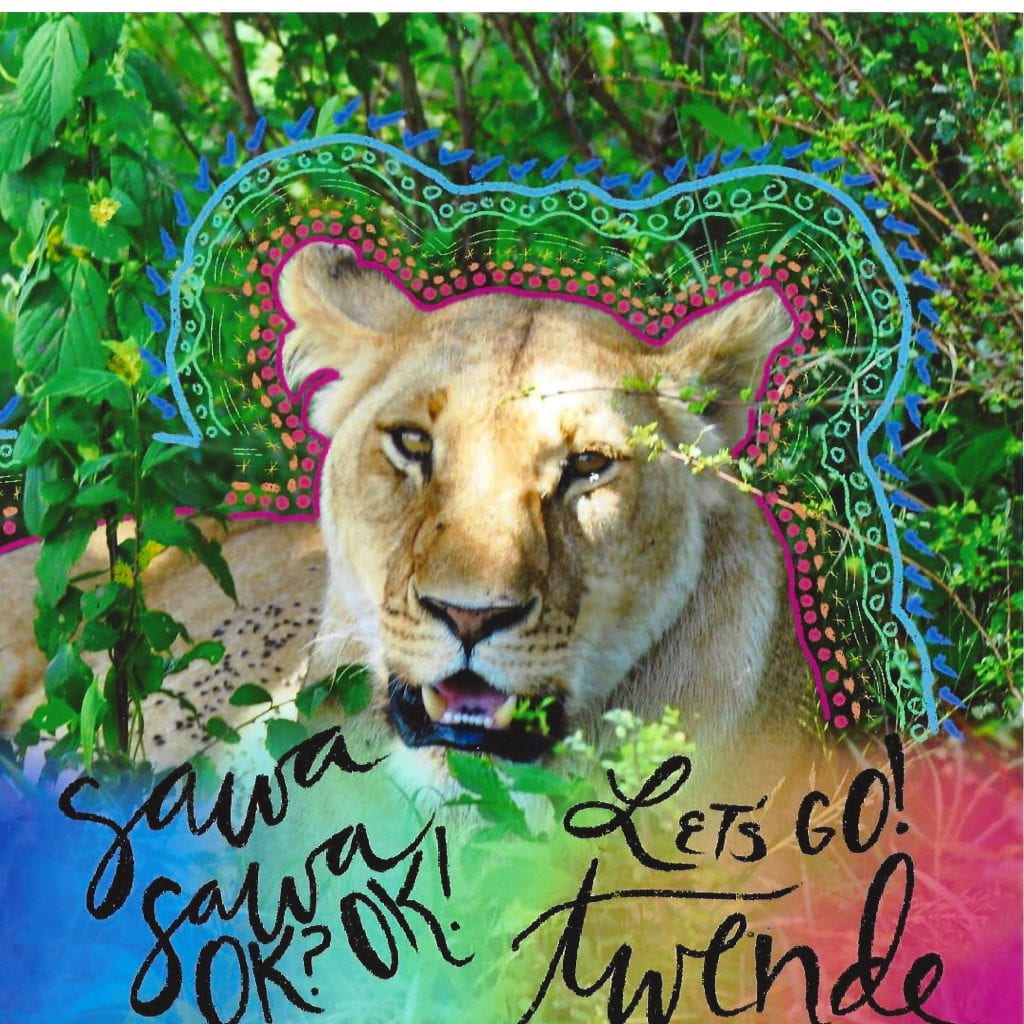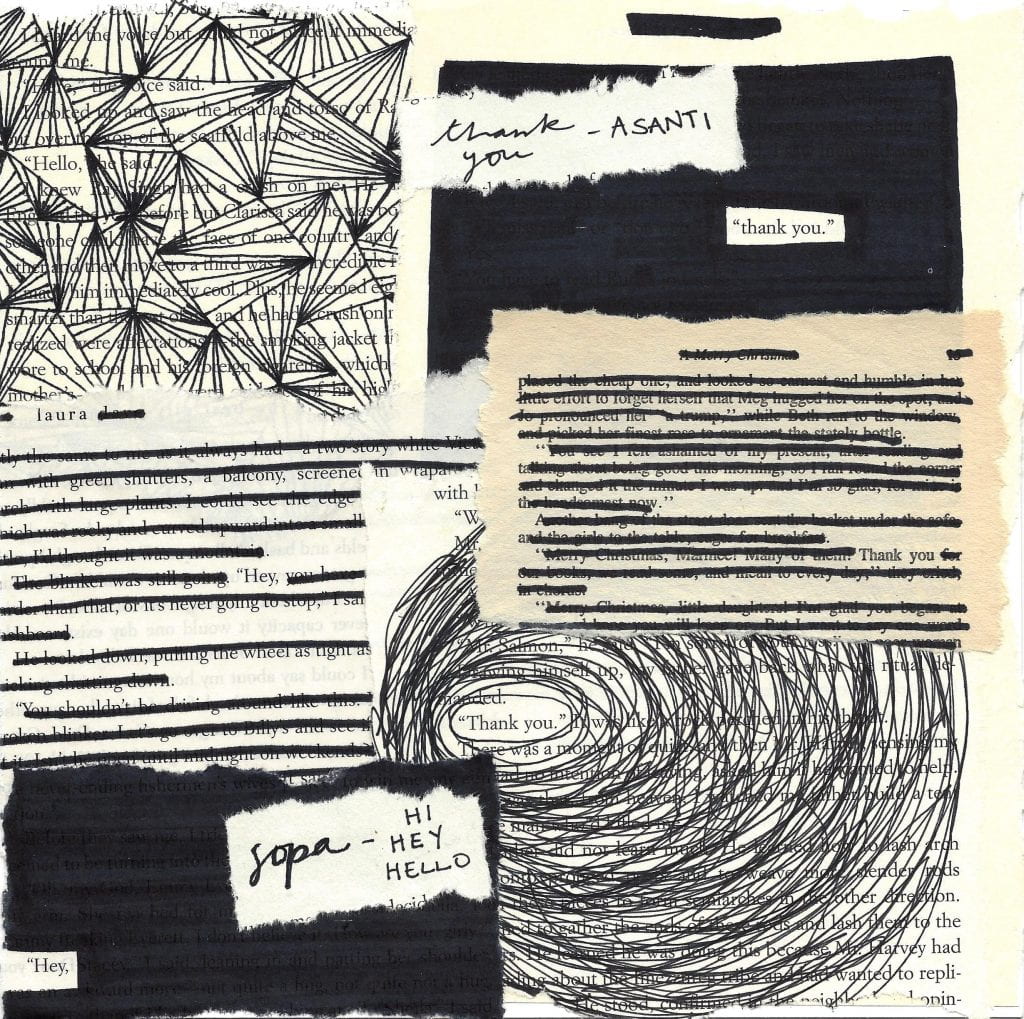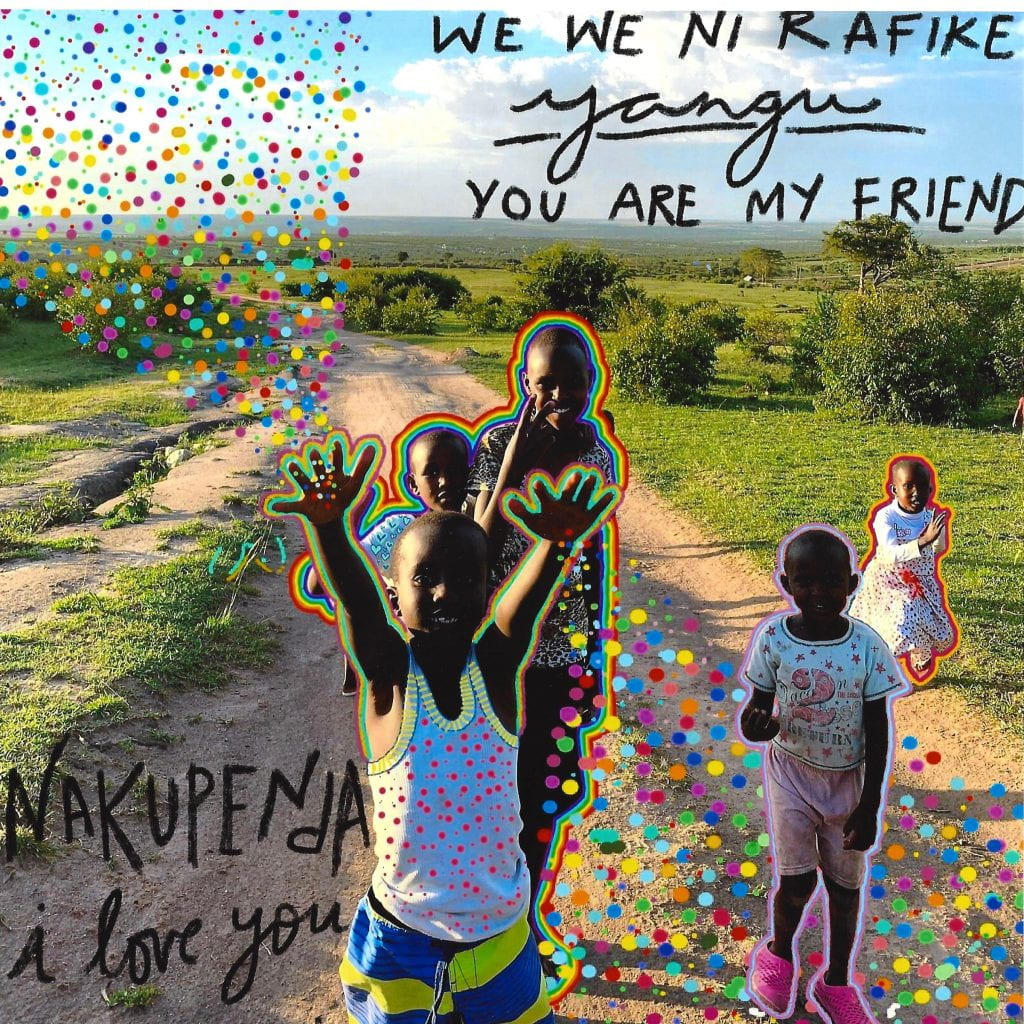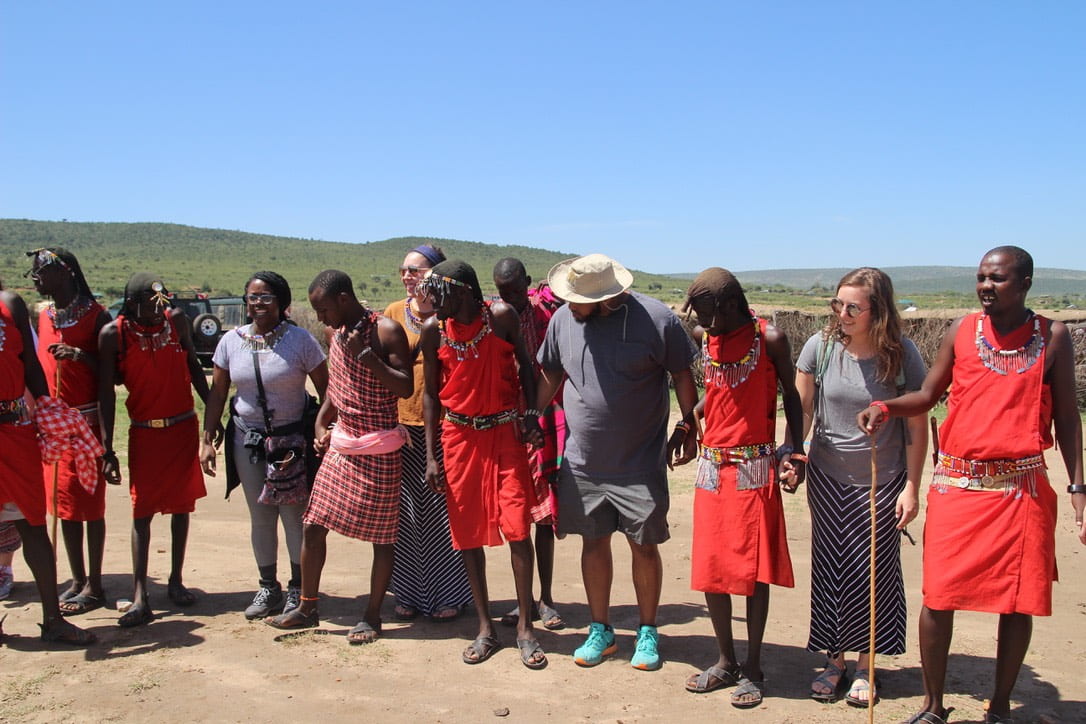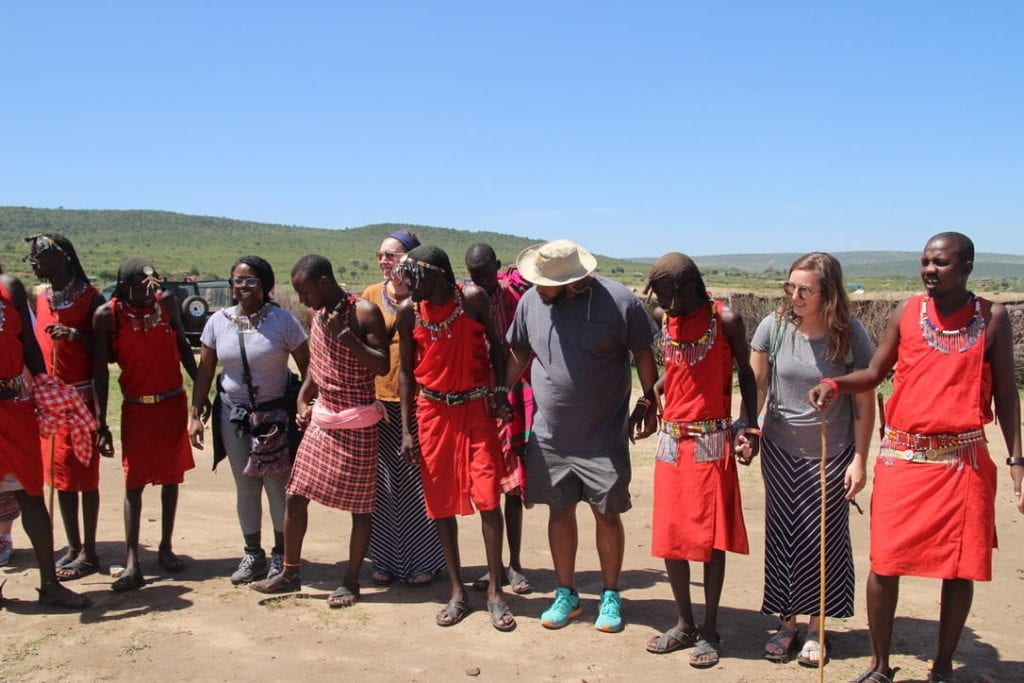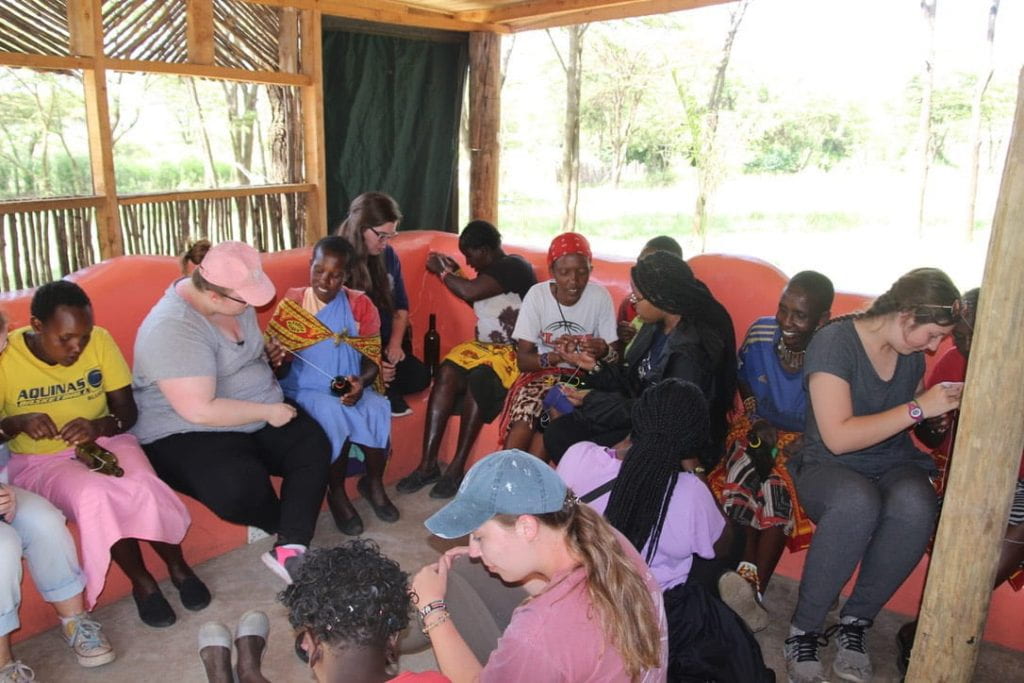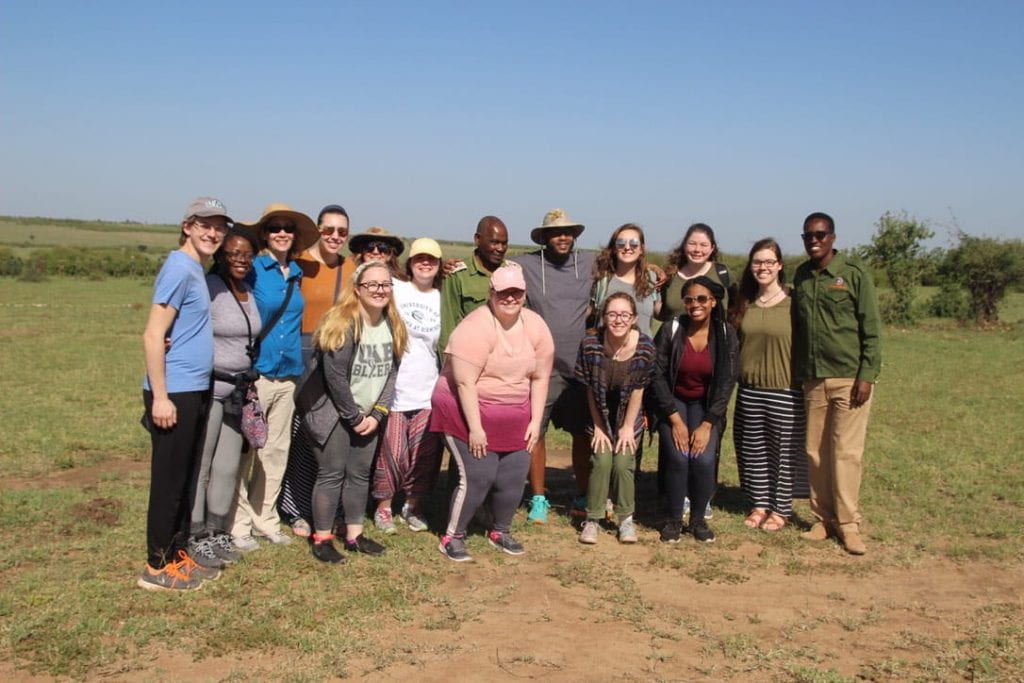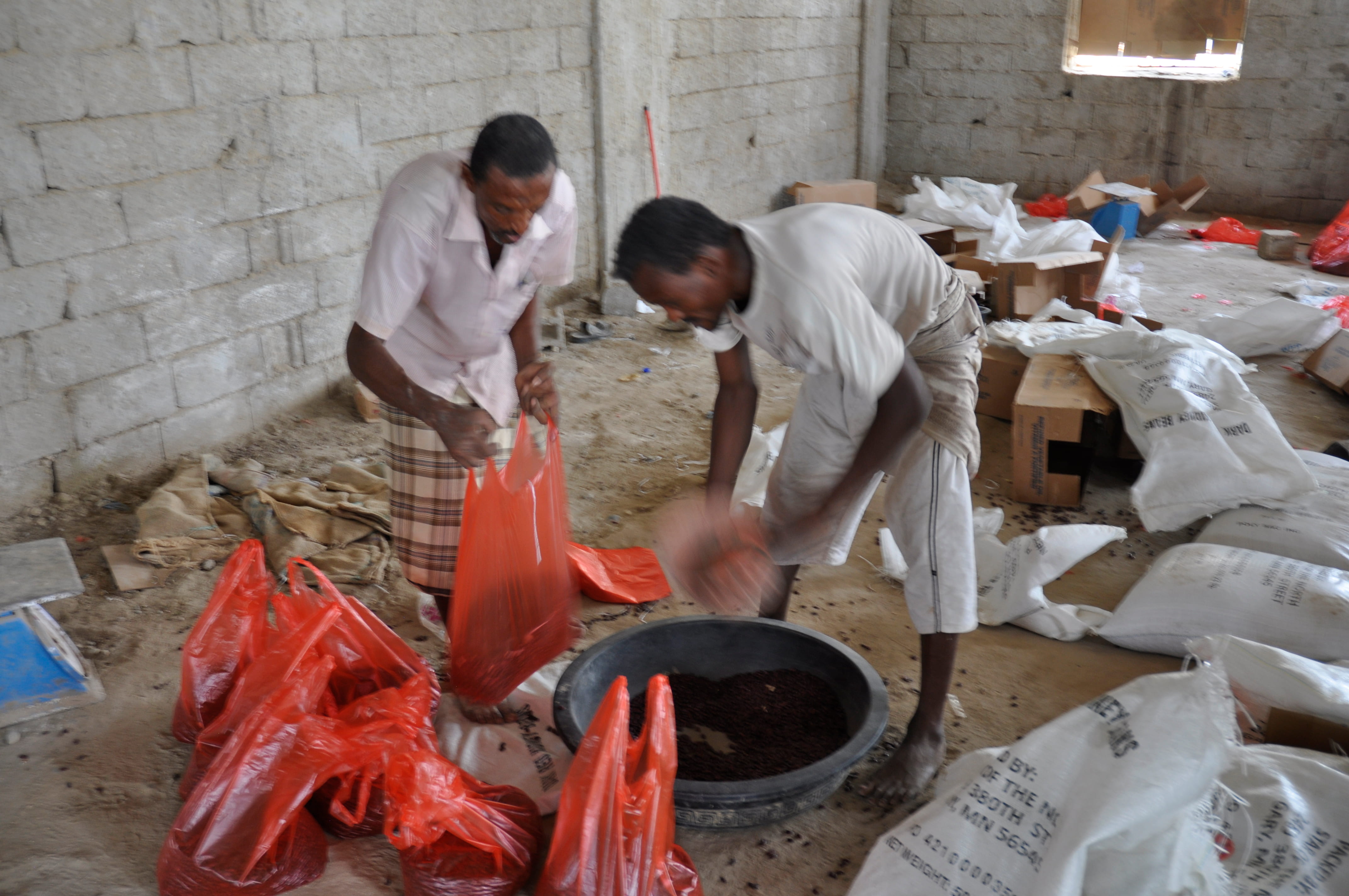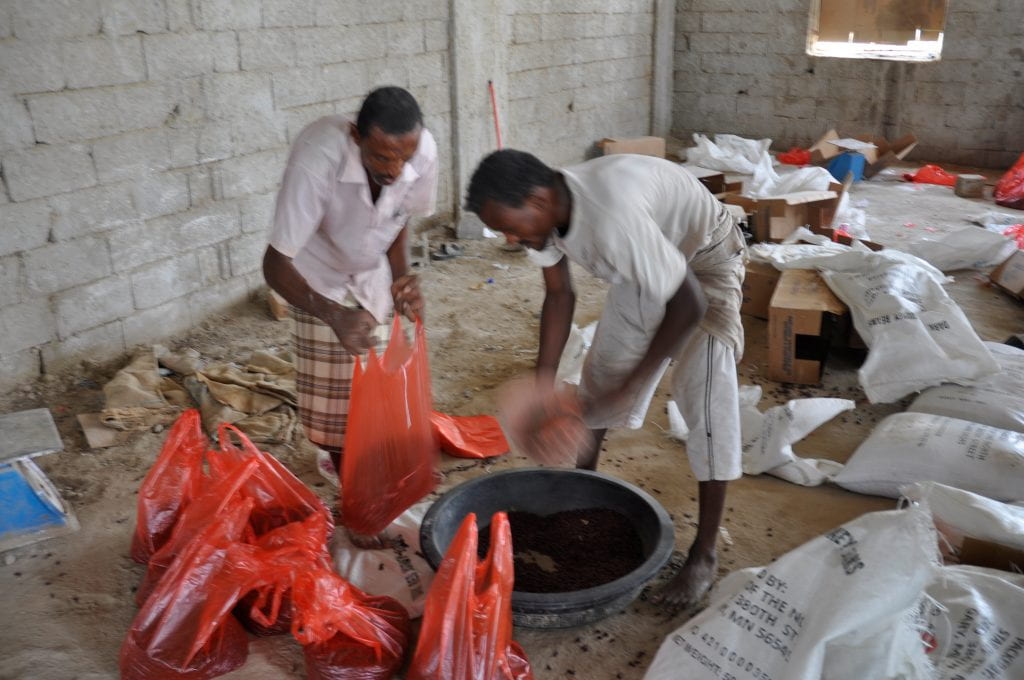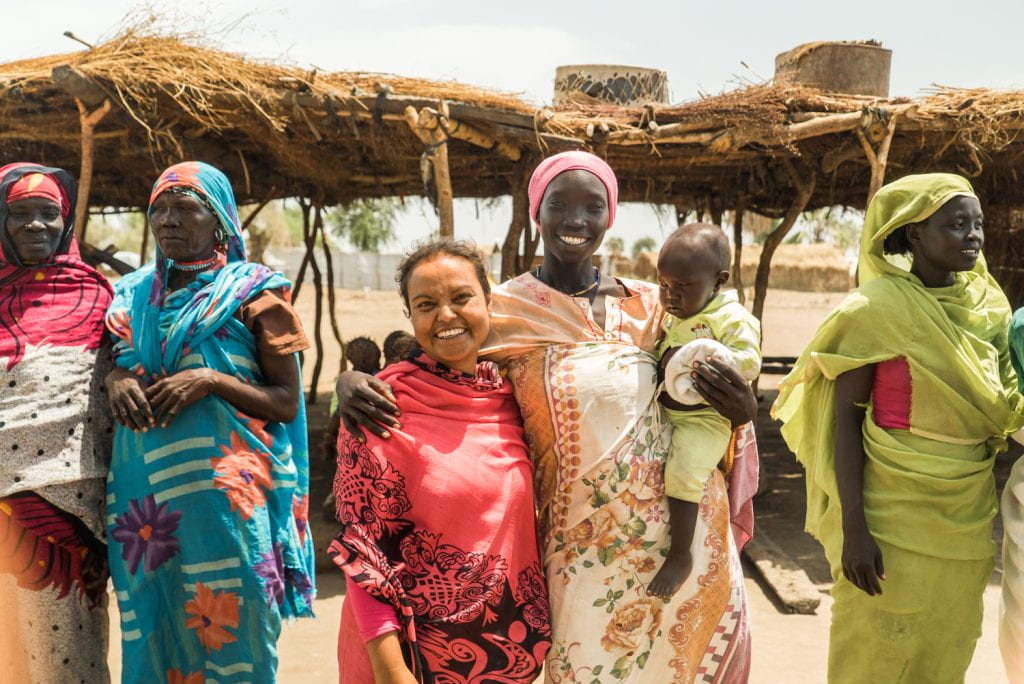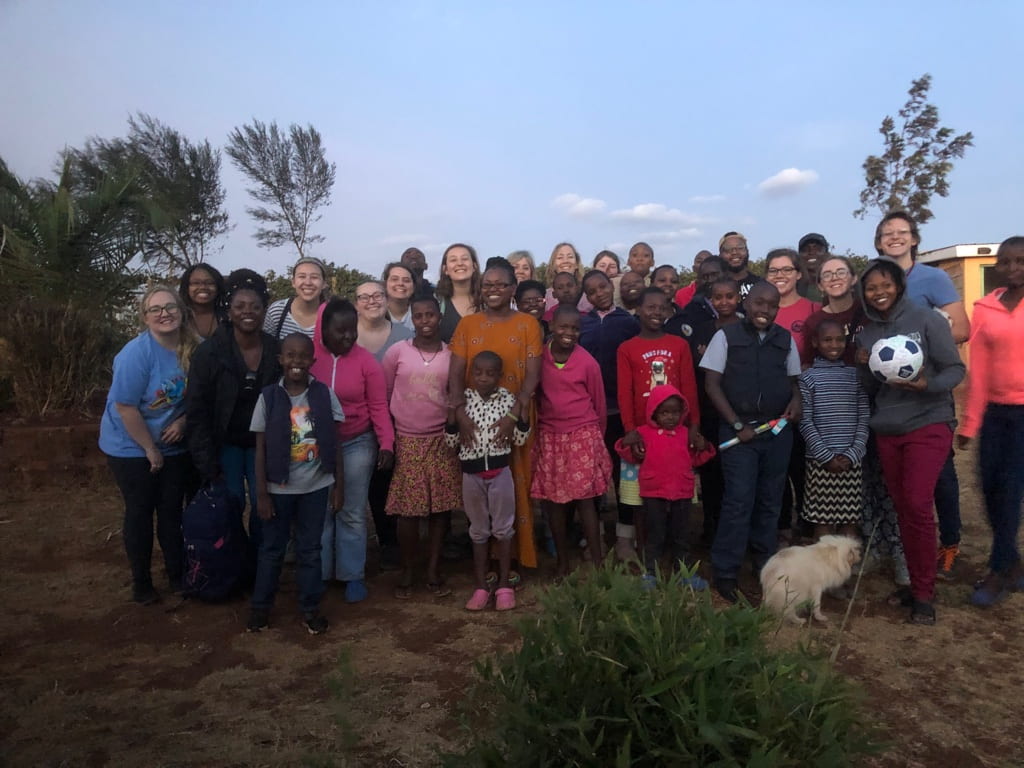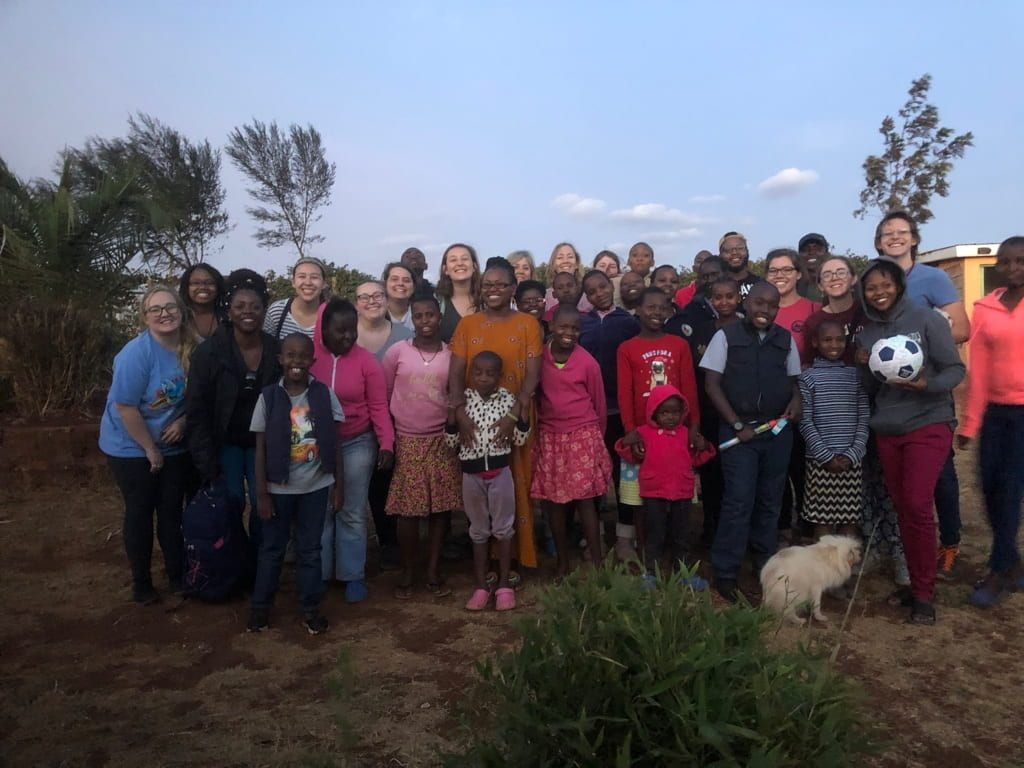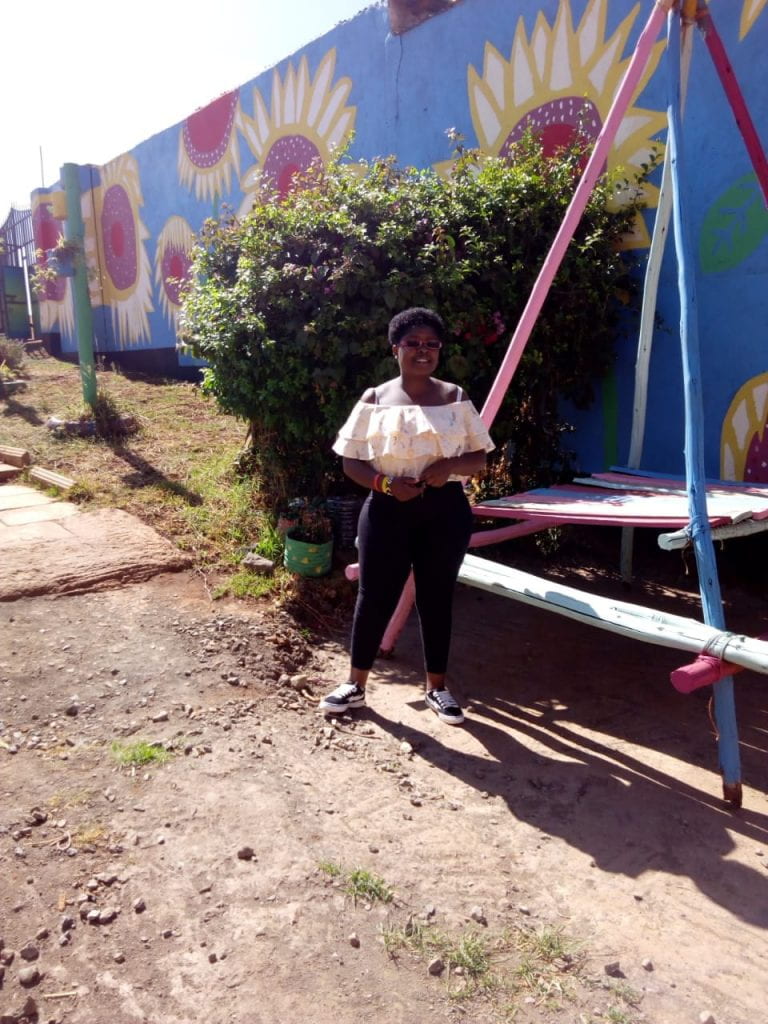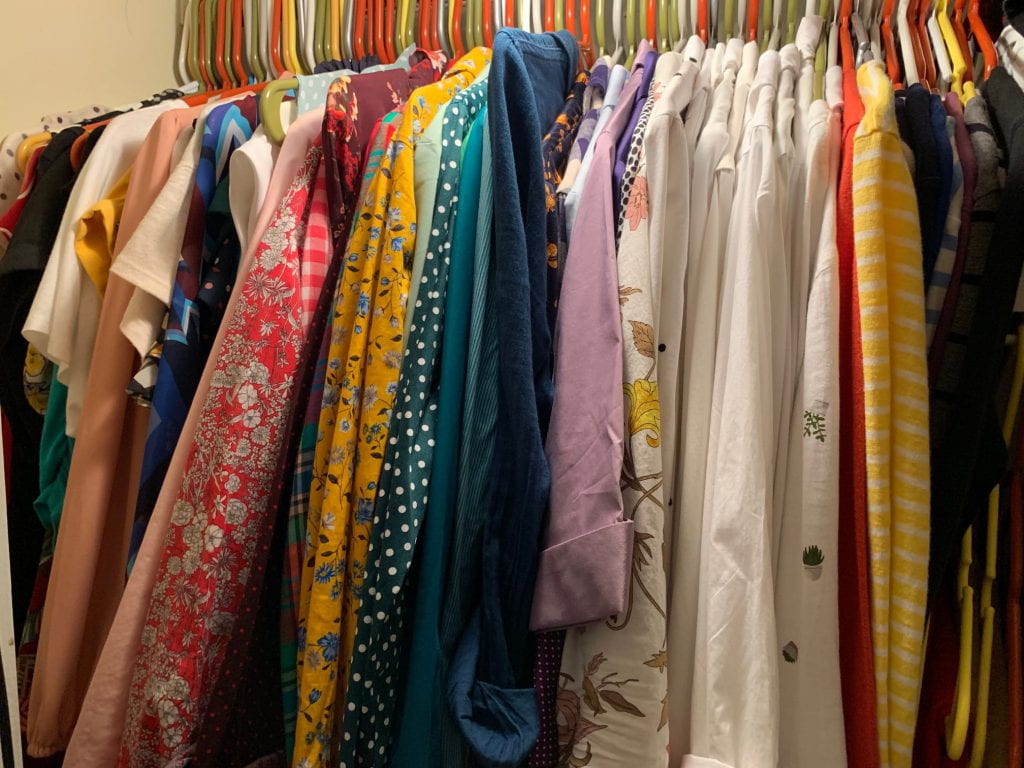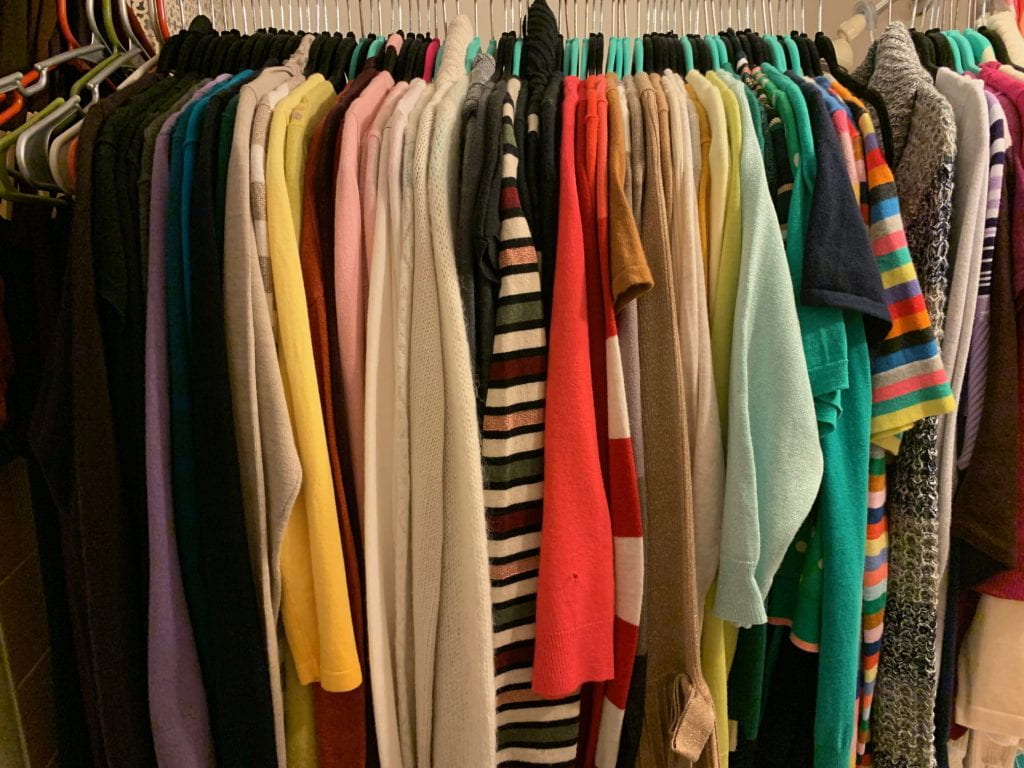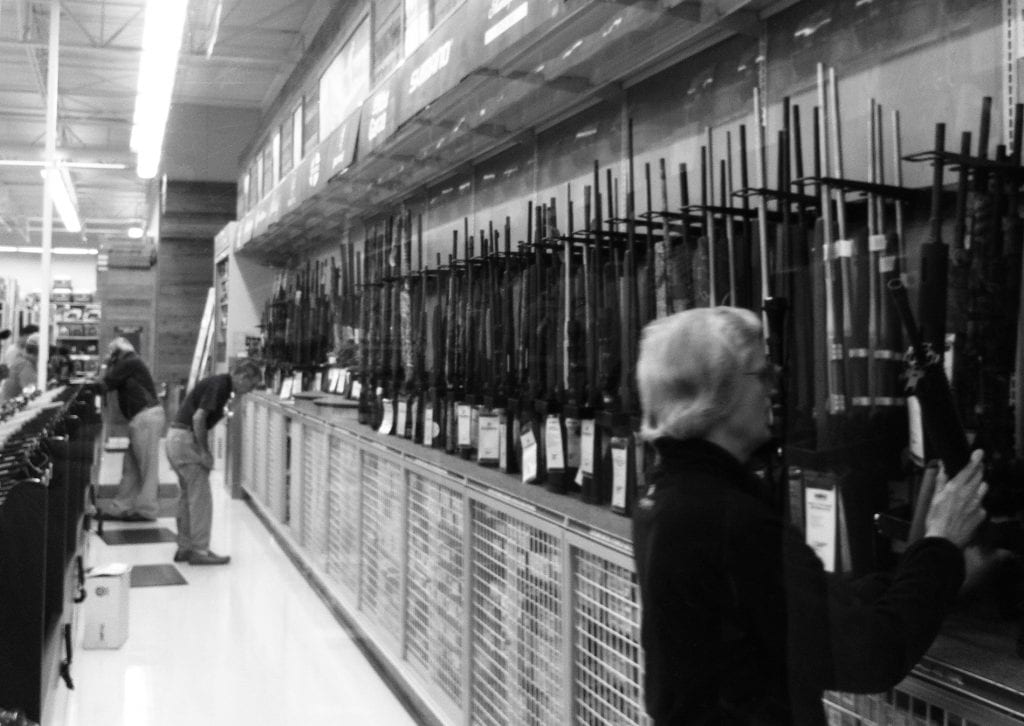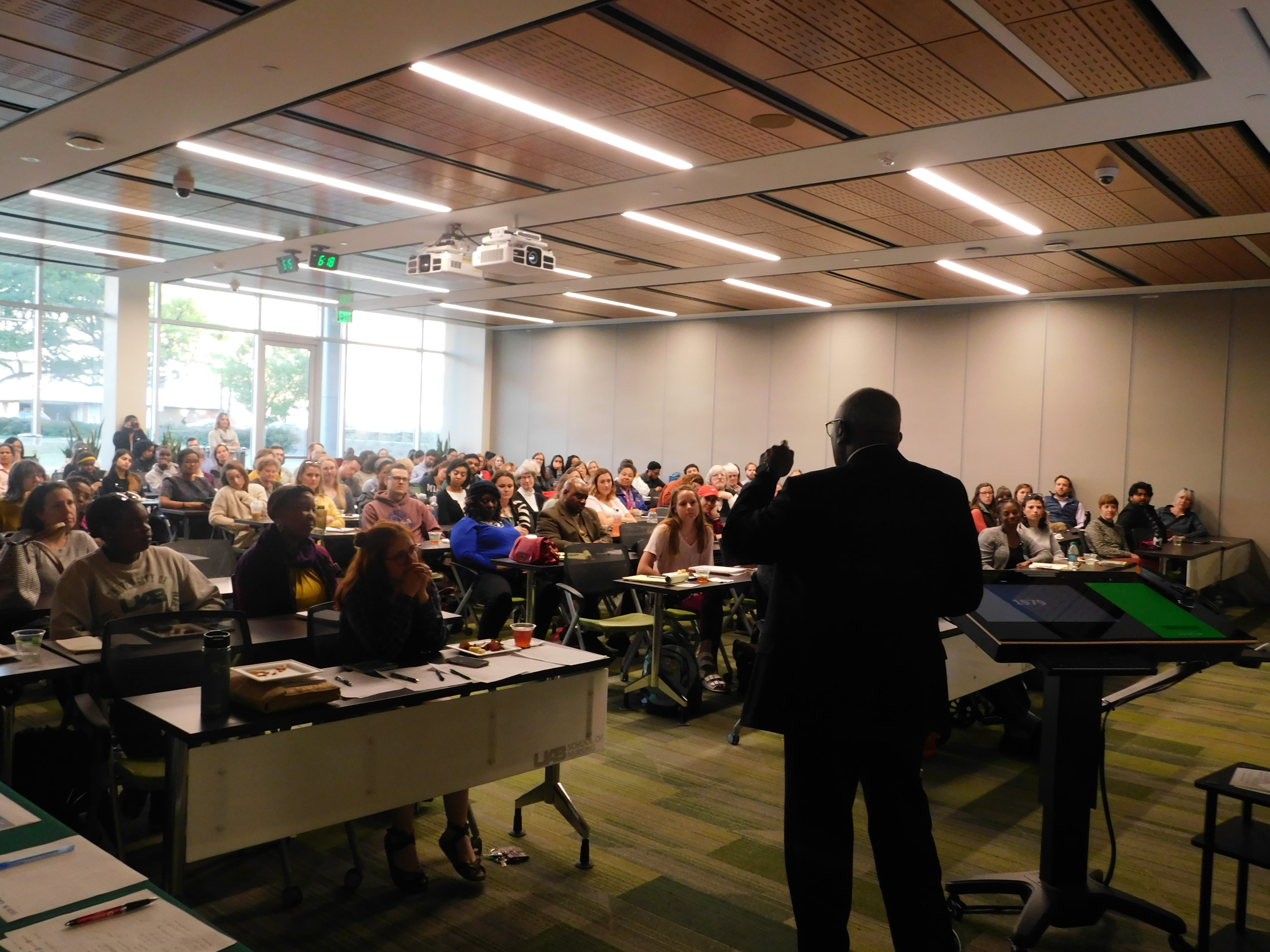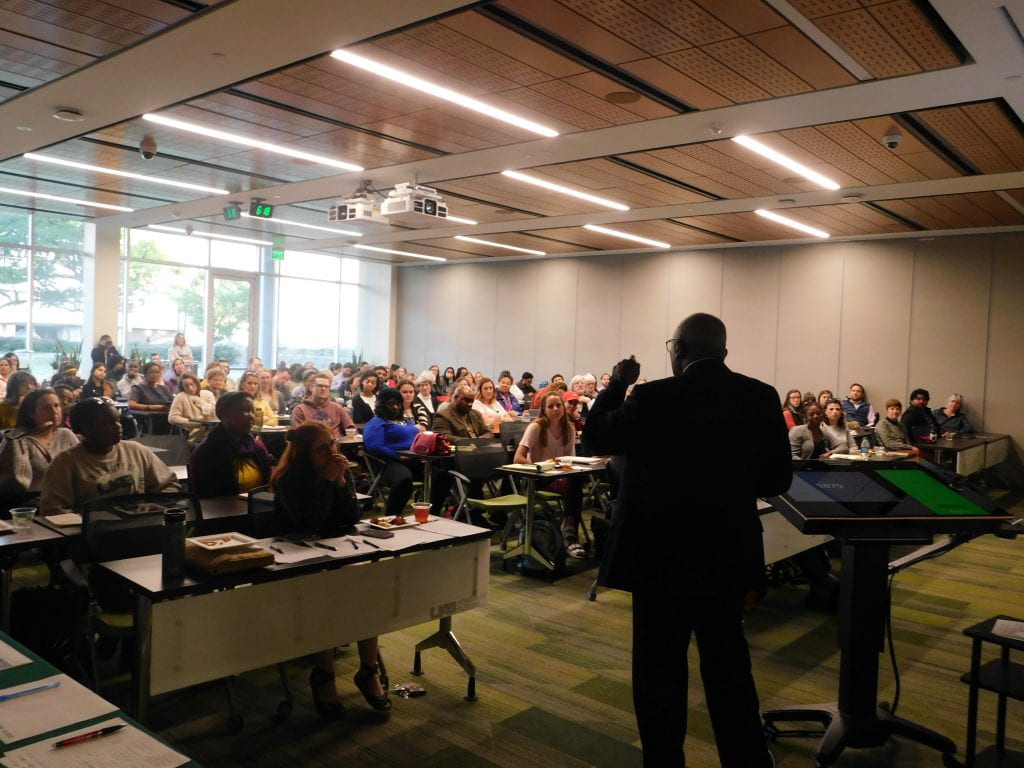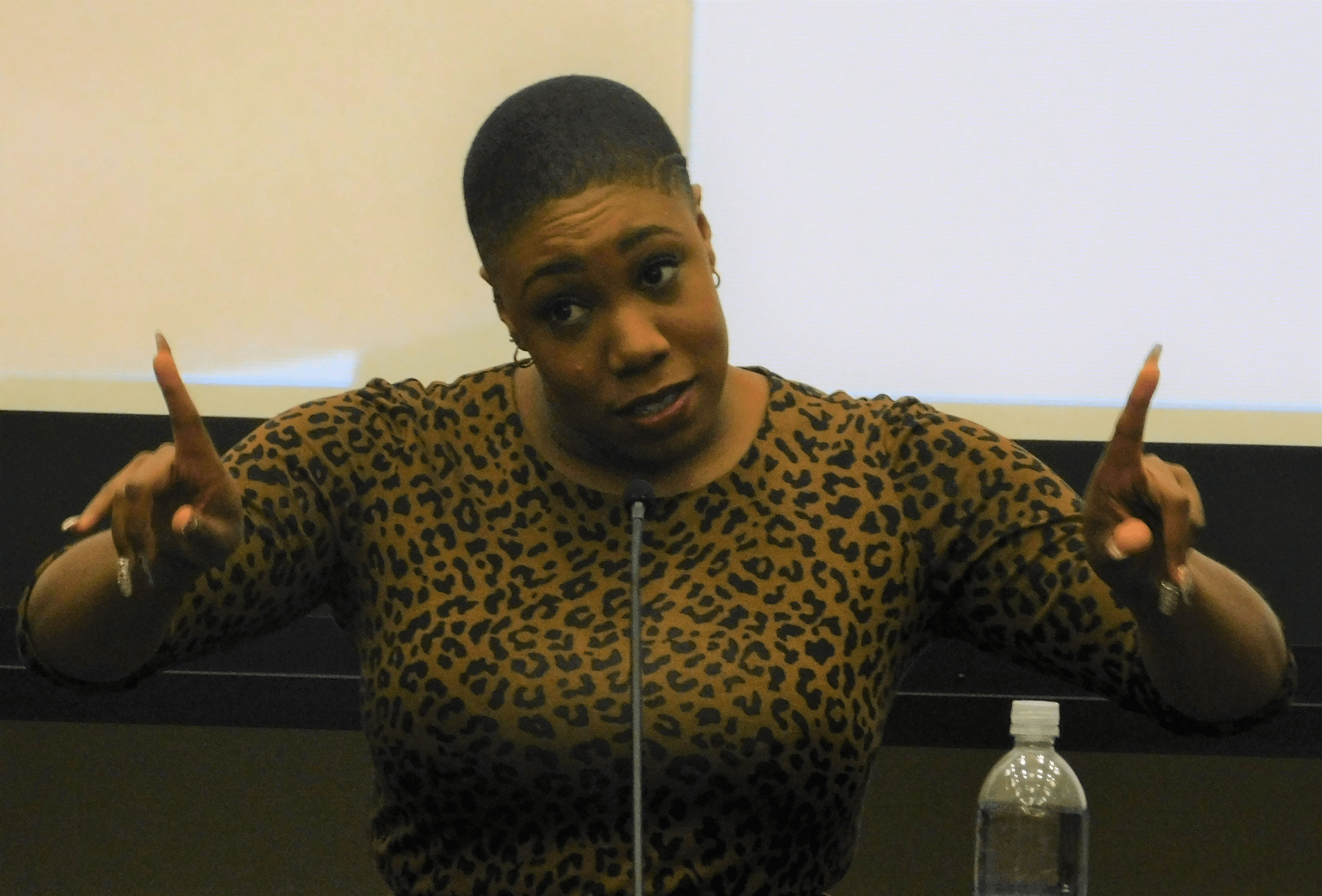by Pam Zuber

Language matters. So do the rights of people. But in 2019, it looks like representatives of the U.S. government promoted the use of language that may affect, if not imperil, the rights of women. Every year, the Commission on the Status of Women (CSW) issues statements called agreed conclusions based on priority themes and recommendations. The CSW is part of the Economic and Social Council (ECOSOC), which itself is one of the platforms of the United Nations (UN). For the sixty-third session from March 11-22, 2019, the CSW’s agreed conclusions were “social protection systems, access to public services and sustainable infrastructure for gender equality and the empowerment of women and girls.”
During the CSW’s 2019 session, representatives of the United States requested changing the language of the commission’s agreed conclusions. They wanted to remove language that referred to “universal access to sexual and reproductive health and rights.” Writing in the Washington Post, Ariana Eunjung Cha and Lena H. Sun said that the American representatives felt that this language would promote abortion and juvenile sexual activity. According to Cha and Sun, the representatives also wanted to eliminate the term “gender-responsive” in the agreed conclusions and replace it with the term “family-centered.” But this language denies our ever-evolving concept of family. Families come in all shapes and sizes. Family isn’t just the nuclear family model of a man, a woman, and children. Actually, it never was, because don’t we all know people who were raised by single parents, grandparents, aunts and uncles, siblings, or two parents of the same gender? People who lived with foster families and in group homes? People who lived with multiple generations under one roof? Denying multiple concepts of family and gender creates an inaccurate depiction of families. This depiction hurts the many, many people not included in this narrow definition.
When representatives seek to eliminate the word gender, the denial also obviously denies gender and sexual orientation. It implies that gender is binary, that the only two genders are male and female. It doesn’t acknowledge trans people, people who don’t identify with a certain gender, or people with different sexual orientations or no sexual orientation. Not acknowledging people’s existence marginalizes them, which may make it easier for people to ignore or even abuse them.
Finally, the U.S. representatives pushed to add another section to the agreed conclusions. This section stated, “women’s contribution to the home, including through unpaid care and domestic work, which is not adequately recognized, generates human and social capital.” The U.S. representatives did not get their way, but the rest of the commission did. In a document discussing the agreed conclusions, the commission stated that it wanted to “[e]nsure universal access to sexual and reproductive health and reproductive rights.” It urged entities to
respond to the needs of women and girls and recognize and value unpaid care and domestic work, enable the mobility of women and girls, strengthen women’s participation in public and political life, as well as their economic opportunities, in particular their full and productive employment and decent work and equal pay for equal work or work of equal value, and strengthen their resilience to shocks.
Although the efforts by the United States representatives were ultimately not successful, they still sent a chilling message that could have repercussions for women in the United States and abroad. After all, while “universal access to sexual and reproductive health and reproductive rights” can mean abortion, it can also mean so much more. It can mean distributing contraception and information on how to use it. It can mean providing tests and examinations that could diagnose pregnancy or health conditions and provide early and effective treatment.
Such criticism about providing access to reproductive rights sounds similar to criticism leveled at the Planned Parenthood organization. Critics charge that Planned Parenthood performs abortions, which it does, but abortions represent only 3.4 percent of the services it provided in the 2017-18 fiscal year. People are quick to condemn the organization for providing abortions while ignoring that more than 96 percent of its work is not related to abortions but instead relates to contraception, examinations, testing, and other matters relating to health care, especially preventative health care. Reproductive health and women’s rights are at risk with each slight or purposeful alteration to words used in the creation and passage of legislation, the implementation of the laws, and the subsequent treatment of persons who identify as women. Denying such rights treats women as second-class citizens not worthy of vital forms of health care. It perpetuates the belief that women are not able – and should not be able – to make decisions about their bodies and their lives. It denies cis women opportunities. It denies the very existence of trans women and people who have nonbinary identifications. Not being able to make personal decisions may impact women’s physical and mental health. This impact could produce far-reaching consequences.
Women who lack reproductive rights cannot plan their families. They may have more children or children sooner than they intended. This may be physically and mentally draining. It may lead to poor health, lost educational opportunities, financial and career stagnation, and even conditions such as addiction that may need to be treated by addiction treatment professional facilities because women are trying to make sense of their lives or escape the realities of their lives. Women may feel trapped. They may be unable to attain a decent quality of life and achieve upward mobility, all because they lack something as basic as birth control.
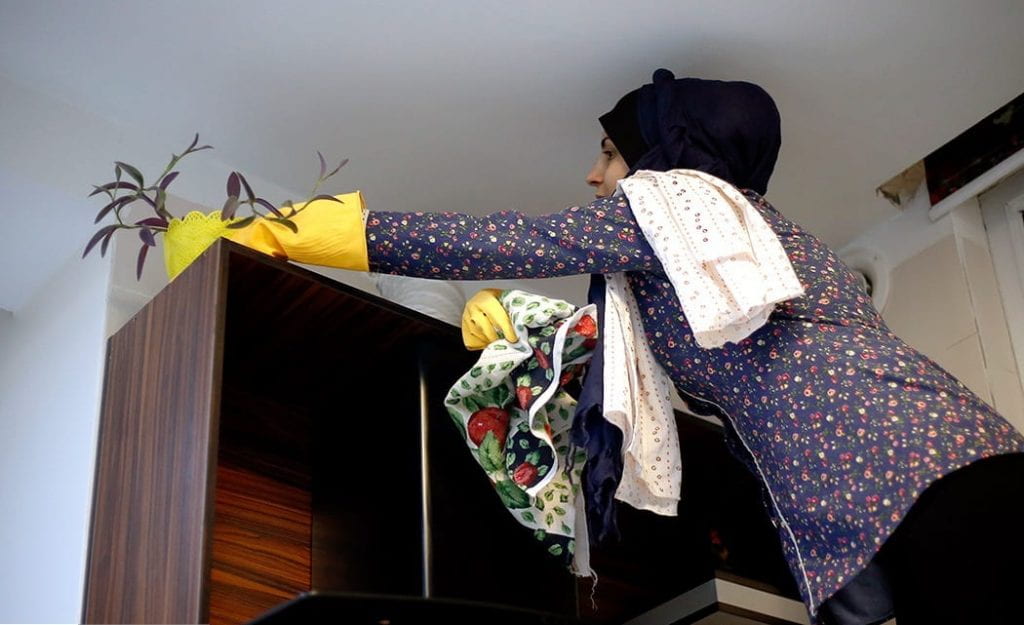
Why Emphasize Domestic Work?
By emphasizing domestic work, the U.S. delegation to the United Nations’ commission is sending a strong message. Again, the U.S. representatives wanted to include language that addressed its belief that “women’s contribution to the home, including through unpaid care and domestic work, which is not adequately recognized, generates human and social capital.” On one hand, the U.S. delegation to the Commission on the Status of Women recognizes that women still perform the bulk of domestic duties in most cultures throughout the world. It acknowledges that most cultures often do not recognize females’ domestic work financially, politically, socially, or emotionally. On the other hand, why is the United States so keen to emphasize domestic work?
Women perform domestic work. But they also perform countless other kinds of work. Around 74.6 women were in the U.S. workforce in 2017, reported the U.S. Department of Labor. These totals amounted to about 47 percent of the United States workforce. Since women already account for about half of the nation’s workers, it’s impossible to ignore their numbers. It’s shortsighted and dangerous to overlook this impact and to deny or downplay women’s contributions. Speaking of contributions, does the U.S. delegates’ proposed language portray their beliefs about what woman should be doing? In this view, women should handle domestic work and men should work outside of the home. Again, this is a very traditional view that was never the case for 100 percent of U.S. families. While stay-at-home wives and mothers may have been more prevalent in the past, many women have always worked outside of the home due to necessity or desire.
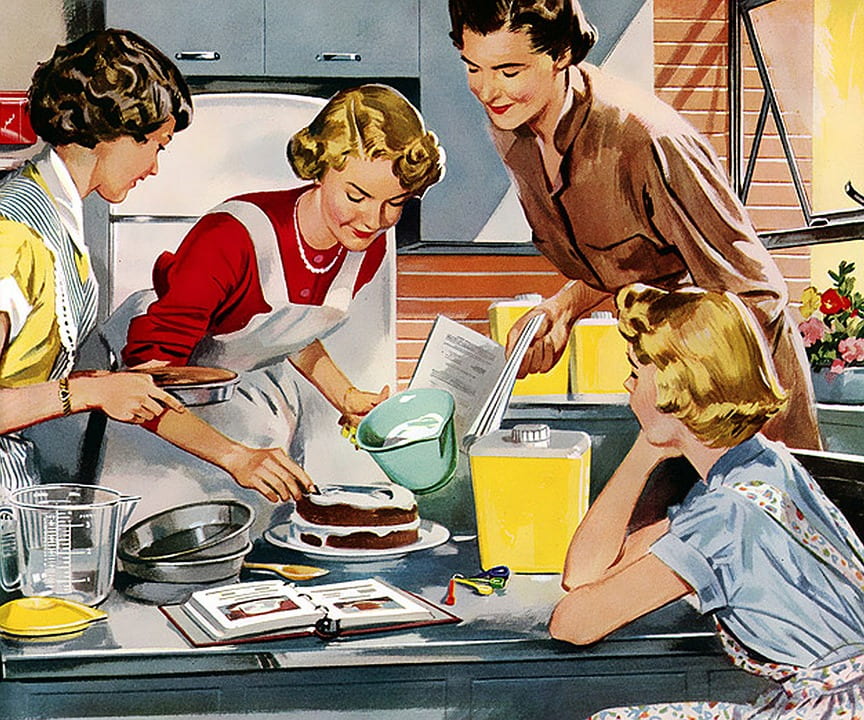
What Do Choices Mean for Women?
As an alternative, what about supporting language that acknowledges the many roles that today’s women actually perform? Yes, women perform domestic work and raise families. But they also work outside of the home and pursue educations. They also do many of these things at the same time. Some choose not to marry, live with partners, or have children, or they are partners with other women, or they have multiple partners or participate in other arrangements. They may identify as cis, trans, or nonbinary, or have other identities. They may not live in traditional nuclear families, but their families and their choices are not any less valid – or any more valid. They’re just living their lives. They’re happy, successful people who contribute to society. Ignoring their ideas of family and gender, and ignoring the contributions they make through their work and other efforts, ignores them as a whole. And they shouldn’t be ignored, because non-nuclear families are now more common than nuclear ones. The Pew Research Center reported that only forty-six percent of U.S. children eighteen years old or younger lived with two parents in their first marriage in 2014.
Instead of ignoring women, maybe the U.S. delegation and other representatives should consider promoting inclusive language that acknowledges choice. If women have options, they can better control their destinies. In most societies throughout history, men have had more agency in steering the course of their lives and communities. But how are women supposed to have agency if authorities do not allow them to control any aspect of their lives, including their own bodies? Providing opportunities for women to work, to pursue educations, to choose whether to have families or not, to run for office, all give women control and power. This can create additional control and power, as women will have the knowledge, skills, connections, agency, and confidence to live the lives they want to live and help others do the same. Women will be independent, not dependent. They will not have to rely on husbands, fathers, or brothers but will have the resources to thrive on their own.
Allowing women full access to reproductive care and other types of health care and encouraging them to pursue a wide range of career opportunities enables women to live the fullest lives possible. Using language to deny these opportunities harms women and future generations. When U.S. representatives use certain language and deny other types of language, they threaten freedom, self-determination, and other American ideals. They forget that what’s right for women is what’s right for the United States as a whole.
Pamela Zuber is a writer and an editor who has written about human rights, health and wellness, gender, and business.
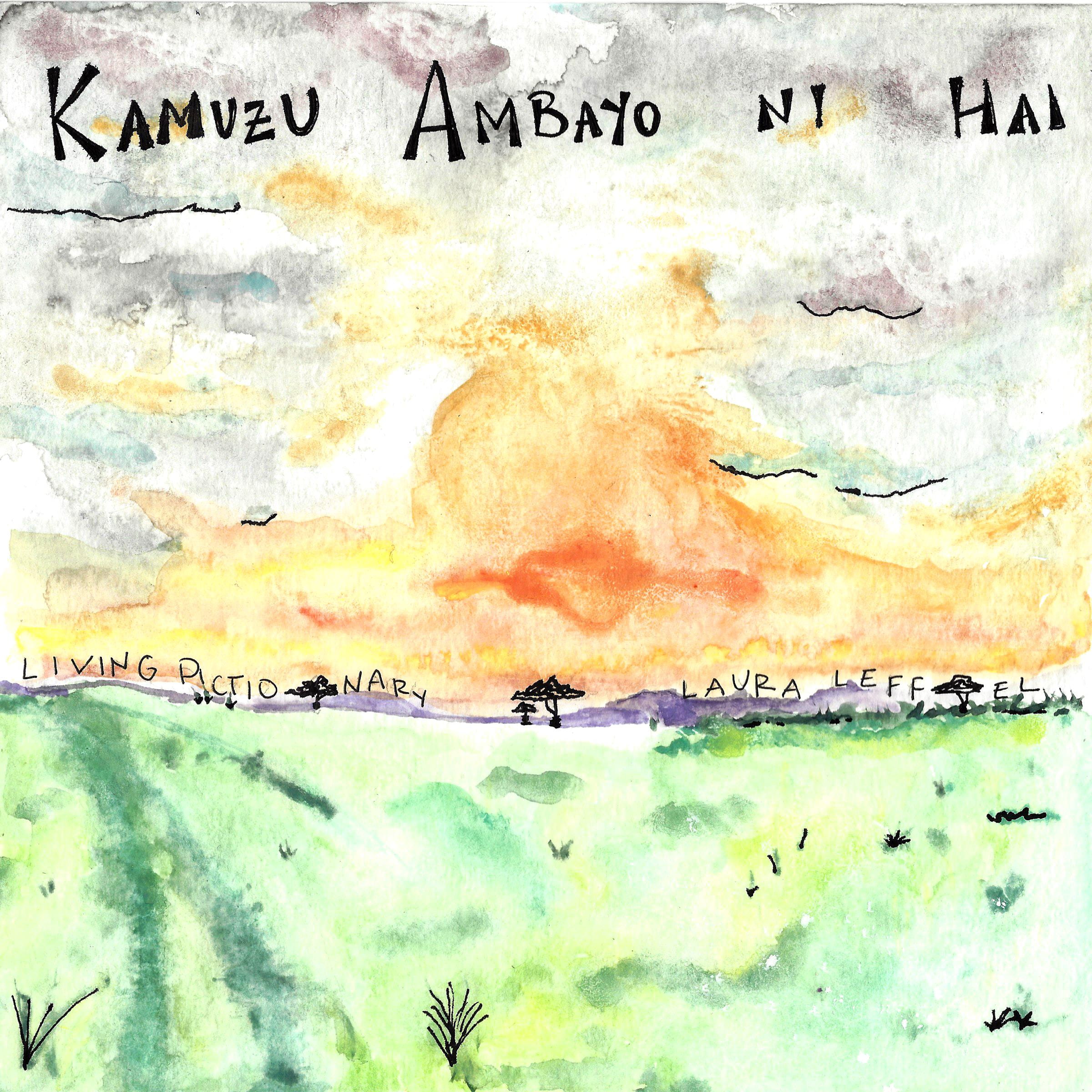
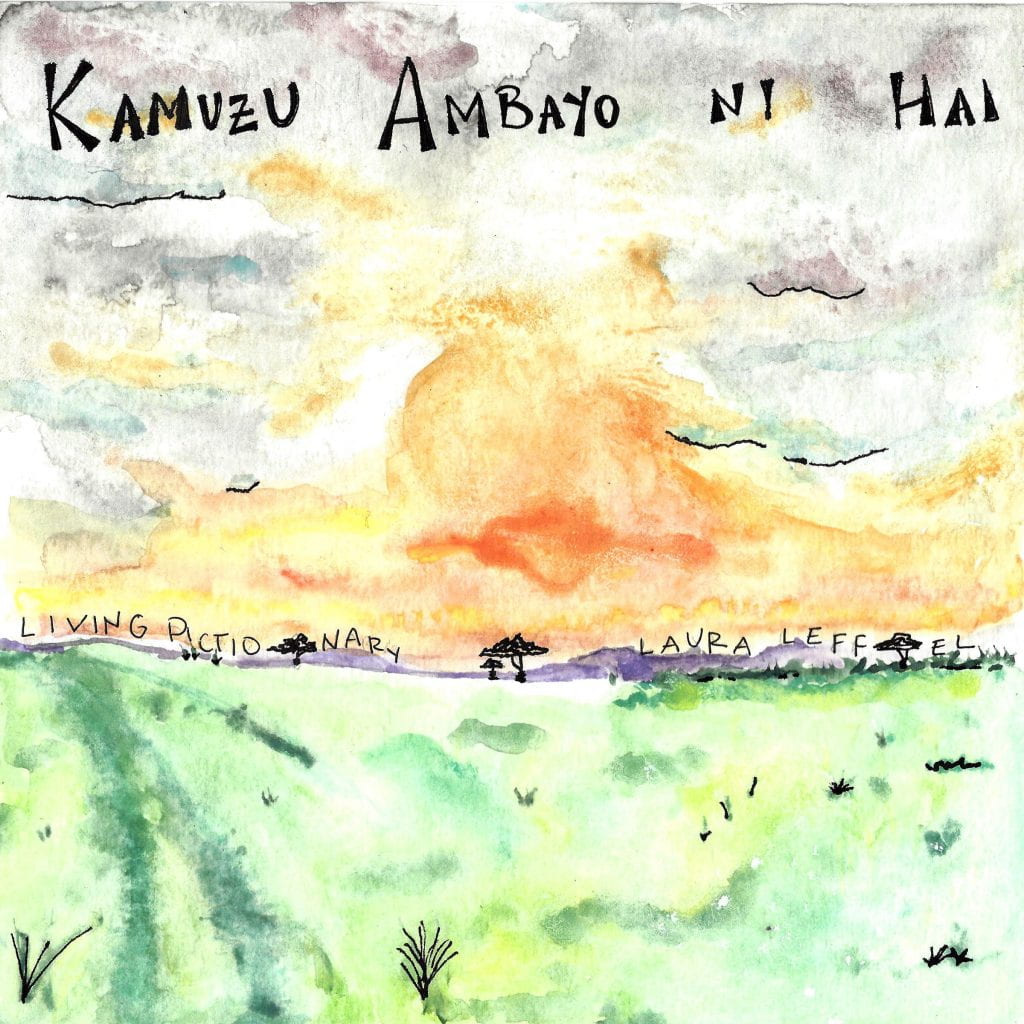
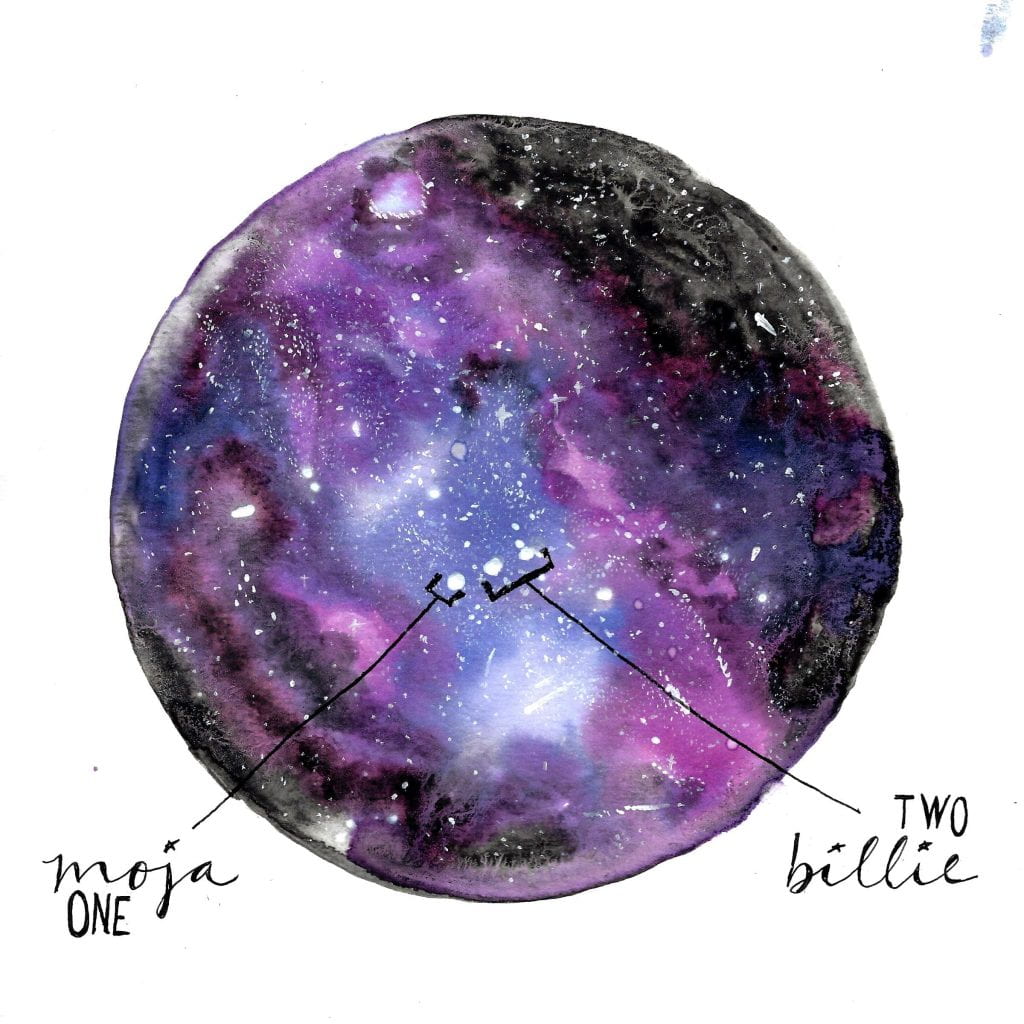 Moja & Billie (Mbili) –
Moja & Billie (Mbili) – 